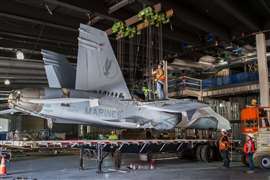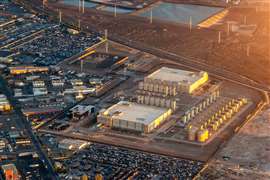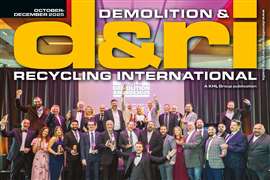Cummins' low emissions future
21 February 2012

Cummins will showcase a line-up of 56 kW to 503 kW (75 hp to 675 hp) EU Stage IV and US Tier 4 Final-compliant engines at Intermat.
New technology including Selective Catalytic Reduction (SCR) aftertreatment has been added to the new engines to meet the next wave of exhaust regulations, which come into force on 1 January, 2014, and bring emissions down to near-zero levels.
For instance, Cummins' 231 kW (310 hp) QSB6.7 engine used a cooled exhaust gas recirculation (EGR) system and a Cummins Compact Catalyst (CCC) to meet the EU Stage IIIB/US Tier 4 Interim emissions laws that came into force in 2011/2012.
To comply with the 2014 laws, an SCR system has been added, together with a next generation CCC.
Cummins said its CCC technology is "significantly smaller" than a conventional PM filter, offering a benefit for increasingly space constrained equipment installations. CCC reduces particulate matter (PM) from engine exhaust by simple, flow-through passive oxidation.
Meanwhile, Cummins' heavy-duty QSX15 engine, which is rated 503 kW (675 hp), uses EGR and a PM filter combined with SCR aftertreatment to meet the strict 2014 laws. This model will also be showcased at the Intermat event.
Both new engines are said to produce significant fuel savings of up to 8% compared to Tier III models, and of up to 3% compared to the Stage IIIB and Tier 4 Interim models.
Bryden Clewlow, director of Cummins Off-Highway Sales Europe said the new engines were the most productive range that the company had ever produced for construction equipment.
"While meeting stringent Stage IV emissions in the EU and Tier 4 Final in North America in 2014, our engines will set a very high performance benchmark for the industry. Cummins' ability to design, build and integrate our own exhaust aftertreatment systems provides the capability to fully optimise engine performance."
"Our in-house technology expertise also extends to high-pressure common rail fuel systems, filtration systems, electronic controls and variable geometry turbocharging to provide a unique advantage in the engine industry," he said.




